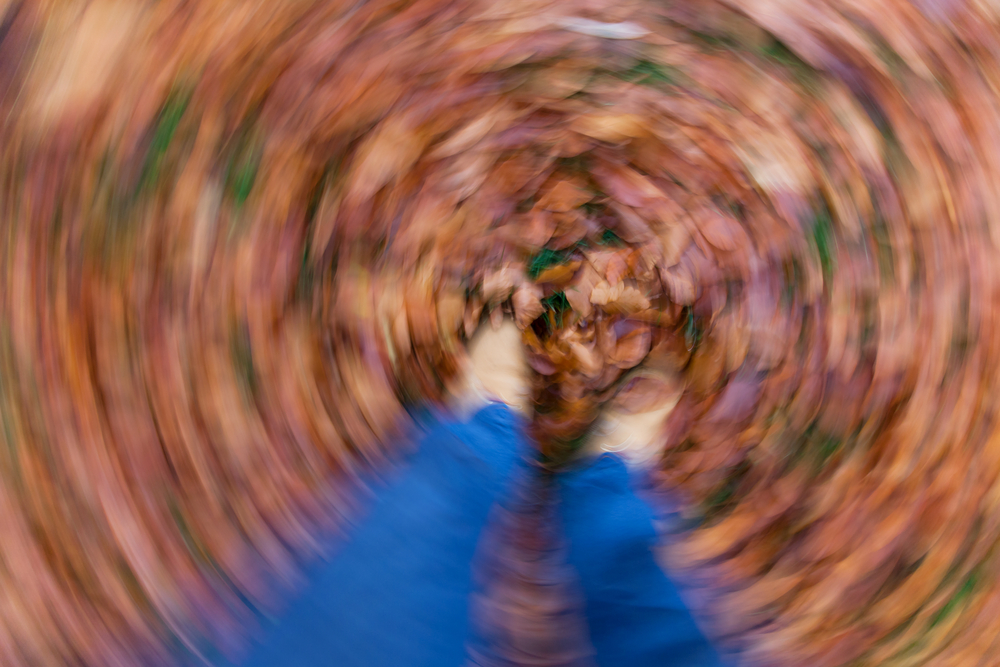If you’re feeling vertigo or dizziness consistently, you may have a balance disorder. Balance disorders are the most common and most dangerous for the elderly. Being dizzy or unsure of where your feet are, you may be more susceptible to falls, and in old age falls can be life-threatening. So, if you’re over the age of 65 and are constantly distracted by feeling a sense of vertigo, you should talk to a neurologist about your problem.
This article will explain what a balance disorder is and what kind of treatments you can expect to get that should help you regain your sense of balance.
What Are Balance Disorders?
Balance disorders can occur when there is a disturbance in the inner ear, the part of your body that’s responsible for helping you maintain balance. If you have a balance disorder, you’ll be feeling some common symptoms like:
- Dizziness
- Feeling of falling
- Feeling you will fall
- Falling anxiety
- Nausea
- Vertigo
- Drifting while you walk
- Constant rocking feeling, even when still
It’s normal to feel a few of these symptoms from time to time, but if they’re happening consistently, it can greatly impact your quality of life.
How do You Know You Have a Balance Disorder?
If you have a hard time walking in a straight line, have difficultly remaining standing, or are constantly dizzy doing simple tasks that previously did not make you dizzy before, you may have a balance disorder.
Your doctor may do some tests to see how severe your balance disorder is. These tests may include:
- Videonystagmography (VNG): The measures eye movement with light patterns to see if your problem is balance-related and it also includes another test that measures the circulation of water in your ear canal.
- Vestibular Evoked Myogenic Potential (VEMP): This test will check to see if there is any physical damage in your inner ear.
- Comprehensive Balance Function Testing: This is a special test that will assess how your brain is processing the signals it receives from your inner ear.
- Rotational Chair: This test will measure how your eyes and inner ear work together, and if they’re doing so effectively.
- Video Head Impulse Test (vHIT): This test will measure how your eye responds to head motion and will track the movement to see if you have a balance disorder.
Getting Treatment for Your Balance Disorder
The most likely treatment for your balance disorder will be physical therapy. You’ll likely be doing balance retraining exercises that help rehabilitate your sense of balance. Another method of treating a balance disorder is by completing a series of guided head movements that reposition the distributed calcium deposits in your ear.
In some cases, you may need to take medication to reduce your feelings of dizziness.
Feeling Stable Again
It can be difficult dealing with a balance disorder. Once you become aware of it, however, there are ways you can improve your quality of life. Dealing with your dizziness can make you feel safe on your own feet again. Get back to enjoying a stable life when you take the steps you need to deal with your balance disorder. Contact our office today and schedule an appointment with Dr. Habib Khan.



